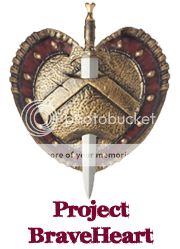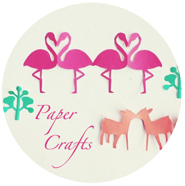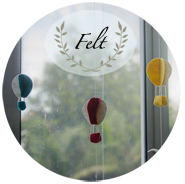What does success look like to you as a parent?
Does your definition of successful parenting look anything like Amy Chua’s “Tiger Mom” approach? Her approach relies on a tight control of her child’s time and demand more from her child to ensure success (in her case, it meant academic and musical success). There have been plenty of write-ups criticizing her approach and there have been plenty of back and forth on the benefits of the relaxed or laissez-faire parenting, vs the Tiger Mom’s strict and demanding approach.
In our culture, most parents measure success a certain way, such as, in the hope that our children grow up to have a good job, nice comfortable house and have enough to enjoy family vacations annually.
So what does successful parenting looks like in my world?

For sure, a child’s achievement is good to attain for a successful parent. Nonetheless, no matter how successful my child is in terms of academic achievement, sports, art or music, it will matter little, if as a parent, I fail to set his moral compass for life. I think good character is a best measure of my child’s success than all the other successes add together.
Character Development is Heart work!

A child’s character doesn’t just happens when they become a teenager. I have heard from many parents (from my parents generation) that these things can wait till a child grows older. Character development can’t wait, as character traits are learnt from the experiences a child has in life and from observing people around them, especially their parents. So parents are the best model in shaping their child’s character.
To shape a child’s character, I believe it is important to get to the heart of the issue. To mold a character or address undesirable elements of character, I have to address the heart of my child.
I start at the beginning with God. I teach my child to to love God, who is his creator that made him, knows him inside out and loves him. His accountability to God becomes his internal compass on what is right and wrong. Even when no one knows or sees what he does, God sees it all.

What are the character traits that I want to instill in my child?
- Put Family First
- Work hard and persevere
- Manners
- Courage
- Loyalty and Dependability
- Kindness and Compassion
- Self Discipline
- Self Control
- Honesty and Honor
- Trustworthiness
How to start character training? Start when you child can understand the consequences of their actions and focus on transforming your child’s heart. Work at developing a close bond with your child, as I am certain that constant encouragement will help to build your child’s character. Do try to spend less effort on punishing undesired behavior, and more time and effort on reinforcing desired behavior, something that I need to be reminded to do more of!
Need resources or help on Character Development? Here are some useful sites :
Christian Books on Character Development :

God’s Wisdom for Little Boys : Character-Building Fun from Proverbs by Jim and Elizabeth George

God’s Wisdom for Litle Girls : Virtues and Fun from Proverbs 31 by Elizabeth George

Child’s Book of Character Building: Growing Up in God’s World – At Home, at School, at Play Book 1 by Ron Coriell (I got my copy from SKS Bookstore)
So what does successful parenting look like for you as a parent?
Follow our series of blog hops on Character Development and look out for these posts lined up in these blogs :
12 Feb 2013 – Sarah of http://www.theplayfulparents.com/
19 Feb 2013 – Elisa of http://www.loveourchildrennow.sg/
26 Feb 2013 – Sharon of http://www.oaktreebaby.com/
5th Mar 2013 – Jean of http://jeanstitch.wordpress.com/





 So lately when the teacher feedback that K does not stop talking during class, I am very sure that it is an indication that coloring is boring him tremendously in class! He is showing resistance lately when it comes to completing his homework from school. He finishes the written sections but when it comes to coloring, he tells me that he gets very tired of coloring.
So lately when the teacher feedback that K does not stop talking during class, I am very sure that it is an indication that coloring is boring him tremendously in class! He is showing resistance lately when it comes to completing his homework from school. He finishes the written sections but when it comes to coloring, he tells me that he gets very tired of coloring.




















